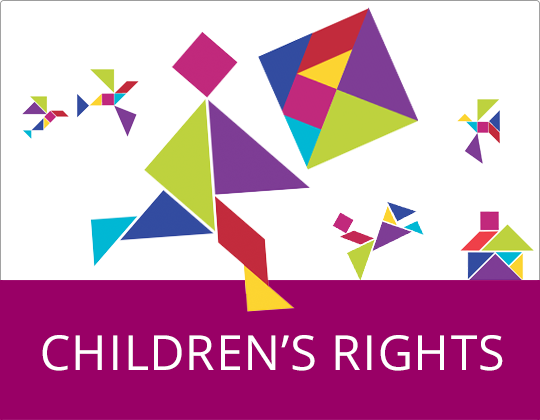
New Children’s Rights Strategy (2016-2021) brings new hope for children in Europe
In March 2016 the Council of Europe adopted its latest Children’s Rights Strategy (2016-2021). Focusing on a brand new set of priority areas, this Strategy is currently the only strategic document on children’s rights since the European Elections in 2014.
Prior to adopting the Strategy, a Committee of Experts on the Council of Europe Strategy was set up and participated in the development of the concept of the new Strategy for the Rights of the Child (2016-2021). Unlike the previous Strategy, this Strategy consists of five priority areas:
- Equal opportunities for all children;
- Participation of all children;
- A life free from violence for all children;
- Child-friendly justice for all children;
- Rights of the child in the digital environment
“Investing in Children”
In parallel to this process, on the EU level there is still a struggle for the success of ‘Investing in Children’ initiative. Numerous children’s rights activists and organisations have campaigned for the European Parliament to adopt a resolution that will bring children’s rights issues further up the agenda. While the resolution was successfully adopted, there were no further initiatives from the European Commission on how it would take the initiative forward.
Look down the history lane
The Council of Europe has been actively working on Children’s Rights Strategies ever since 2006, when the “Building a Europe for and with Children” programme was launched. Several years later, the Stockholm Strategy was adopted. With a time span of 2009-2011, the Stockholm Strategy focused on three priorities: eradicating all forms of violence against children; participation of children; and their influence in society and promoting children’s access to justice.
Promoting children’s rights
Later on, the Monaco Strategy (2012-2014) introduced four more objectives:
- Promoting child-friendly services and systems (in the areas of justice, health and social services);
- Eliminating all forms of violence against children (including sexual violence, trafficking, corporal punishment and violence in schools);
- Guaranteeing the rights of children in vulnerable situations (such as those with disabilities, in detention, in alternative care, migrant children and minorities, including Roma children);
- Promoting child participation.
Author: Vasilka Lalevska



